OB21
Avid artists and aspiring scientists
Entries
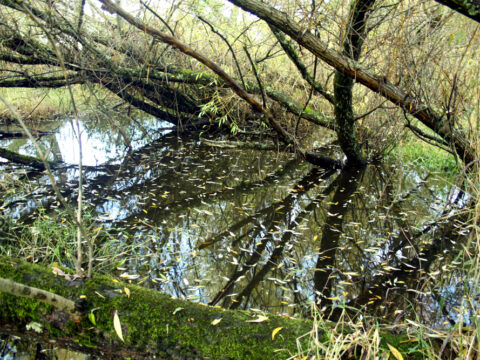
By OB21
In order for the organisms of Bowker Creek to survive and flourish, they have to know their environment. So what are the habitats of these organisms? Link: https://splice.gopro.com/v?id=6NNxMj

By OB21
Birds play a huge role in the Bowker Creek ecosystem. From ducks and crows to hawks and owls, birds are prey, predators, and scavengers. But there's one thing all birds have in common - their wings. So what are some of the adaptations found in bird wings?

By OB21
Barred Owls are malevolent predators and majestic fliers, thriving in many different environments. Bowker Creek hosts a family of three Barred Owls; a mated pair their offspring. These birds of prey flourish in the Bowker Creek ecosystem, providing enough food for themselves and their family. So what allows them to prosper?
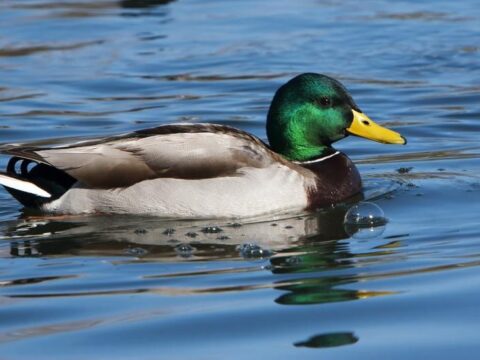
By OB21
Mallard Ducks are very abundant in Bowker Creek. They are well adapted to life there, using their webbed feet to swim through (and sometimes under) the water. Females and chicks have brown-black camouflage in order to blend in with their surroundings. The mallard's bill is flattened out and well suited for filter feeding in creeks and lakes.
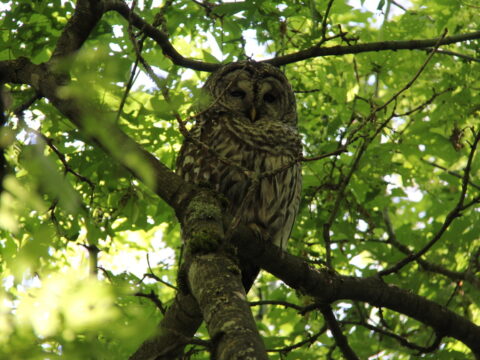
By OB21
Barred Owls are well adapted to hunting in the trees. Their large wingspan cushioned by softened feathers allows for easy flight with little noise. Barred owls also possess the unusual ability of walking (or hopping) by coordinating the movements of their wings and feet. Exceptional sight and hearing helps the owls find their prey easily at night.
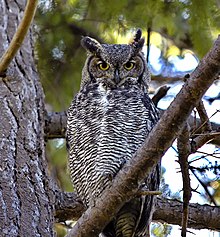
By OB21
Great Horned owls are native to BC and its forests. They're nocturnal predators, using serrated wing edges and softened feathers to silently ambush their prey. Their raised ears can rotate to pin down the exact location of their quarry. Though only weighing 3 pounds, their powerful legs and sharp talons let them grab prey that weights up to 10lbs!
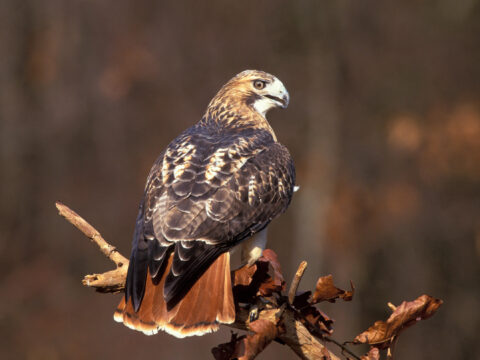
By OB21
Found in the Kings-Haultain Rd section of Bowker Creek, Red-Tailed hawks are expert hunters. They have amazing vision, allowing them to see prey from far away. They're extremely lightweight; the largest birds (females with a wingspan of 133cm) only weigh 3 pounds! Their large size gives them the strength to take down bigger prey than other raptors.
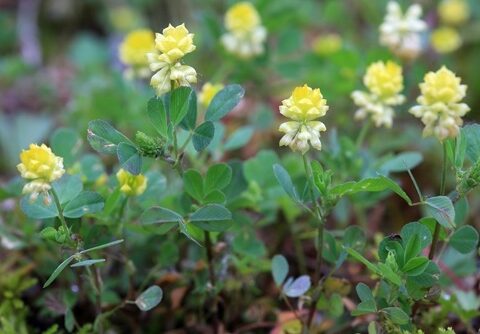
By OB21
Black Medic is a very invasive plant. It's a winter annual plant - it grows through spring, distributing its seeds in late summer. The original plant then dies, and the seeds germinate during the winter. The Black Medic's roots host nodules of N-fixing bacteria, allowing the plant to feed directly on Nitrogen, ensuring constant food and growth.
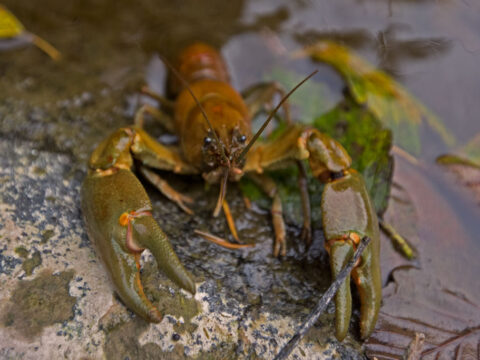
By OB21
Rusty Crayfish are an invasive species that can be found in the creeks, ponds, and rivers of BC. These crayfish spawn prolifically, and can destroy much of their habitat's vegetation during breeding season. Their eggs are carried under the female's tail, keeping them safe; a feature which has allowed their species to spread rapidly.

By OB21
Three-spined sticklebacks are an amazing species with the ability to interbreed at an almost alarming rate. They produce an astounding amount of sub-species, all with slightly different physical traits to pass on to the next generation. So how do they do it?
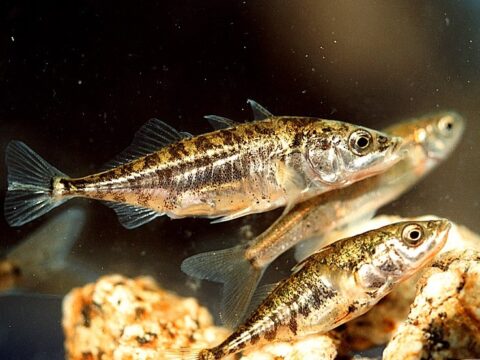
By OB21
Three-Spined Sticklebacks possess the ability to evolve remarkably quickly. Their species is a master at adaptive radiation, producing over ten new variations in less than 20,000 years - a mere blink of an eye in the ordinary evolution timeline. These fish frequently interbreed, producing stable and healthy offspring, ready to foster new species.
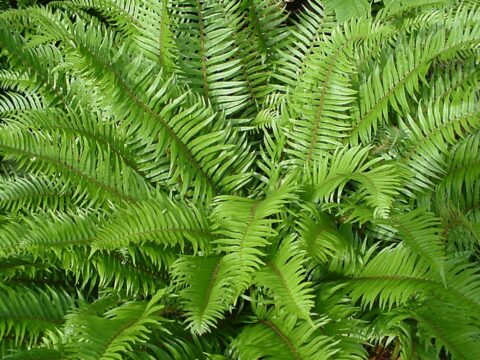
By OB21
Sword ferns have multiple adaptations to help them survive in their natural habitat. Instead of having trunks, sword ferns have rhizomes - flexible branch-like appendages that hold their fronds. These ferns also have spores, which are housed on the underside of each frond. These spores can travel for miles in the wind and are released in billions.
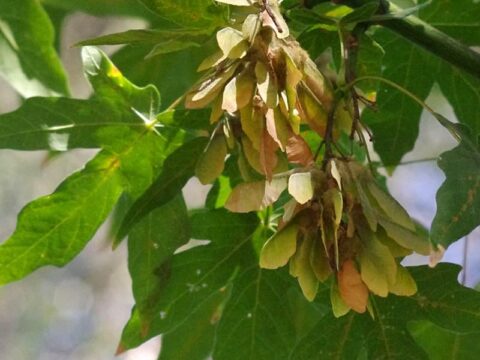
By OB21
The big leaf maple is the tallest maple in Canada, specially adapted to life in the forest. It’s narrow crown is supported by a large, branchless stem, ensuring it stays upright during the Canadian winter. It’s seeds are distributed in pairs, each with twin wings that carry them, twisting and turning, down from the canopy and into new territory.
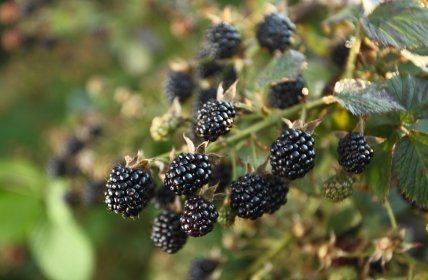
By OB21
Blackberries are so specialized to invasion, they’ve developed two different ways to spread. The first is by seeds, which are distributed through their fruit. These seeds are eaten by animals, and then return to their environment after being excreted. The second is through runners, which grow at the end of one year and produce a new plant the next.
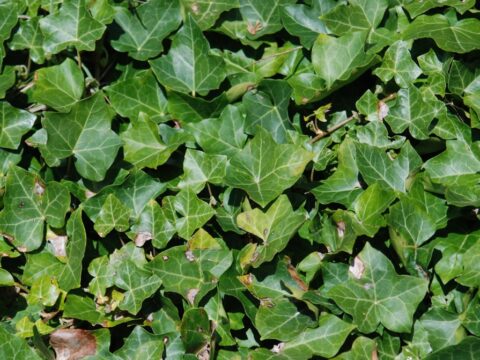
By OB21
English ivy is specially adapted to spread throughout their environment. Their roots release a substance that sticks to the surface the ivy wishes to climb, and small suction-like discs grow from the main stem to keep the ivy secure. English ivy’s roots spread sideways instead of up and down, gathering nutrients on the move.
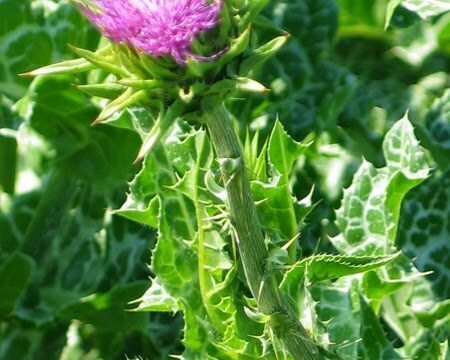
By OB21
Native thistles like the blessed milk thistle have evolved spines on their leaves and flowers to discourage animals from feeding on them. These plants also produce over 6000 seeds annually, with each flower growing more almost 200! The plants can tolerate high winds and cold temperatures, and are well suited to life in Victoria.

